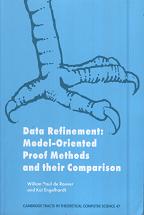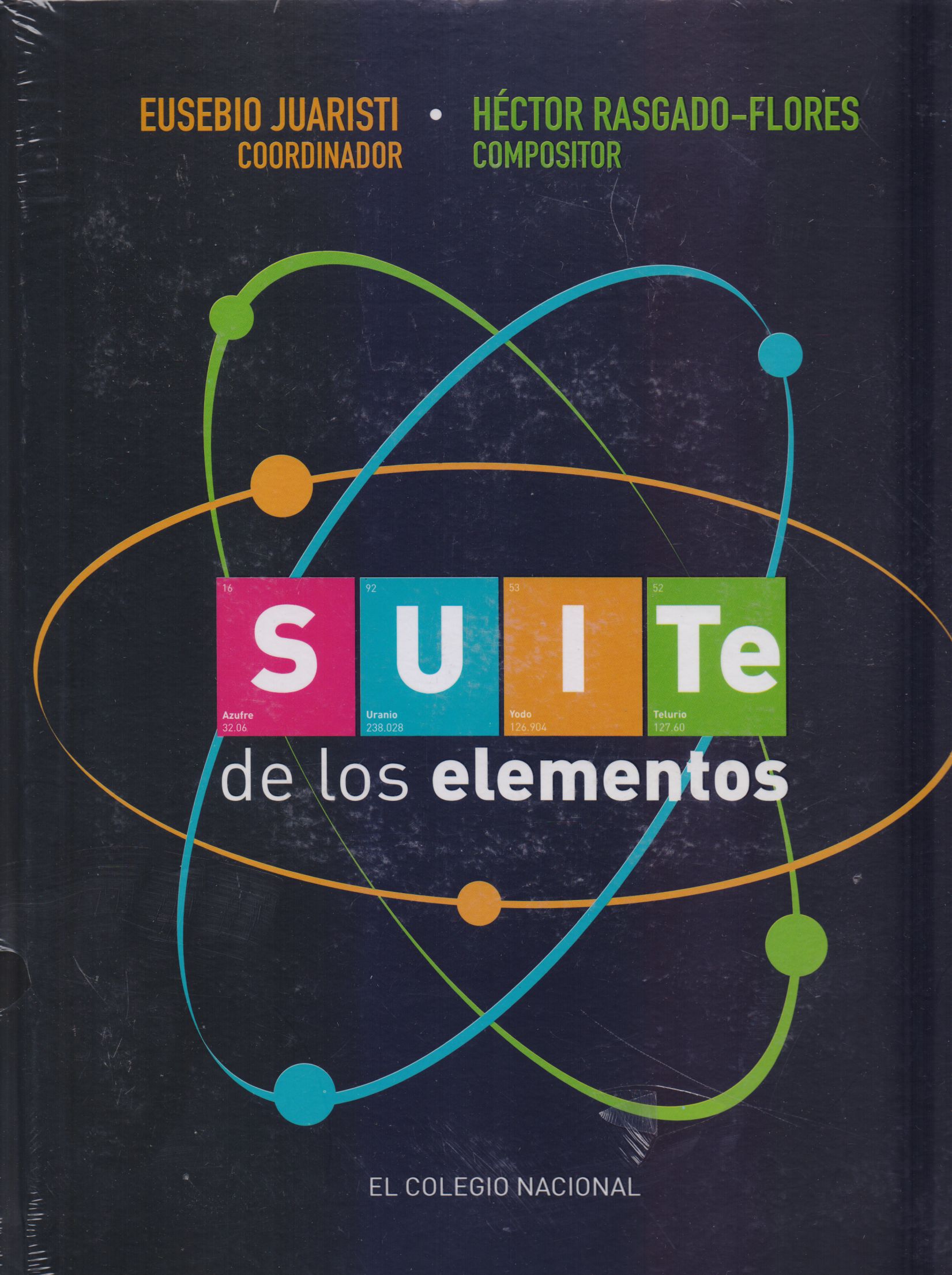Libros relacionados
 |
Génesis de la Desorientación Moderna: una Aproximacióm a la Relación Histórica E Talancón E. , José Luis Universidad Nacional Autonoma de Mexico |
 |
<<planos Geognósticos de los Alpes, la Suiza y el Tirol>> Los: de Carlos de Gimb Parra del Río, María Dolores Doce Calles |
 |
Computational Methods For Integrating Vision And Language Barnard, Kobus Morgan & Claypool Publishers |
 |
Datacenter Design And Management: A Computer Architect's Perspective C. Lee, Benjamin Morgan & Claypool Publishers |


|
Título: Data Refinement: Model-Oriented Proof Methods And Their Comparison | |
| Autor: De Roever Willem-Paul/ Engelhardt Kai | Precio: $975.00 | |
| Editorial: Cambridge University Press | Año: 2008 | |
| Tema: Ciencia, Computacion, Teorias | Edición: 1ª | |
| Sinopsis | ISBN: 9780521103503 | |
| The goal of this book is to provide a comprehensive and systematic introduction to the important and highly applicable method of data refinement and the simulation methods used for proving its correctness. The authors concentrate in the first part on the general principles needed to prove data refinement correct. They begin with an explanation of the fundamental notions, showing that data refinement proofs reduce to proving simulation. The topics of Hoare Logic and the Refinement Calculus are introduced and a general theory of simulations is developed and related to them. Accessibility and comprehension are emphasized in order to guide newcomers to the area. The book's second part contains a detailed survey of important methods in this field, such as VDM, and the methods due to Abadi & Lamport, Hehner, Lynch and Reynolds, Back's refinement calculus and Z. All these methods are carefully analysed, and shown to be either imcomplete, with counterexamples to their application, or to be always applicable whenever data refinement holds. This is shown by proving, for the first time, that all these methods can be described and analyzed in terms of two simple notions: forward and backward simulation. The book is self-contained, going from advanced undergraduate level and taking the reader to the state of the art in methods for proving simulation. | ||
Librería Bonilla SA de CV © Todos los derechos reservados. 2019
Última actualización: Jul 2019






